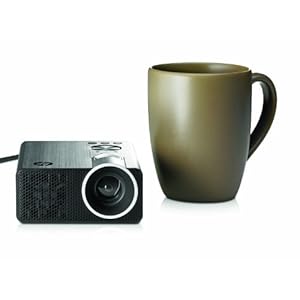Home Theater Wiring - Uses and allowances of HDMI Multimedia Interface Cables



The HDMI 1.3 cable is the newest version of the multiple multimedia interface cable that can be used to connect a number of electronic devices into the same interface. Compared to past models of the cable, which have changed relatively little compared to their predecessors, the 1.3 version has an array of new features that makes it the most adaptable of the bunch. But just what are the real benefits of using the HDMI 1.3 cable compared to the others? You would be surprised, I'm sure, to learn of all the ways that this new version will expand your multimedia interface and make it easier for you to combine your electronics.
To understand how this HDMI cable is going to help you, let's first talk about Digital Visual Interface (DVI). This is an uncompressed digital connection scheme that was actually originally developed for a network of personal computers. It was to be a low-cost, high-bandwidth digital connection between PCs and digital monitors, so that you could view your work on the best of television sets. Now it is the most widely used digital display interface in the computer industry. What does all this mean for your home theater system? Well, it means that you can include the DVI with it, especially by using DVI connections on projectors, monitors, and advanced DVD players, such as the new HD-DVD players.
HDMI cables come in when you want to hook up a High Definition Multimedia Interface (HDMI) system with that of a DVI. HDMI cables can carry video, audio, and inter-component operability commands (remote control signals) on one digital interface that has been built on the success of DVI. When a device is connected to an HDMI 1.3 cable, it gets all the video performance that DVI has to offer, up to and including 1080p.
Compared with your standard A/V interfaces, HDMI interfaces actually have a number of important advantages. The uncompressed format delivers digital HD video, multi-channel audio, and control signals between various HDMI and/or DVI components. By combining all this power into one cable, HDMI offers a convenient connection alternative to the maze of existing analog A/V cables that plague your home theater.
The HDMI 1.3 cable actually offers six distinct benefits to the HDMI world. The most obvious is the higher data transfer speed that it offers. It also supports a special format type known as Deep Color. This is the brand new color space used in video electronics. It can support 1.8 times as many colors as RGB (Red, green, blue color schemes), which helps it to show all the various colors found in nature. Incorporating automatic audio syncing capability is also a new feature for the HDMI 1.3 cable. This system will automatically adjust for the difference in electronic latency between the processing circuits of the sound and the image. This discrepancy usually comes up as a slight delay in sound and image correspondence, but it will be unnoticeable thanks to this new cable version.
In addition to all of this, the HDMI 1.3 supports the output of Dolby TrueHD and DTS-FD Master Audio streams. These are the lossless audio codec formats used on HD DVDs and Blue-ray discs. The cable is only useful here if the DVD player can't send information in an uncompressed format, though. The HDMI 1.3 can be used with a number of products, including the latest DVD players and the PlayStation 3, which you may be interested to know, is the first product on the market that uses a HDMI 1.3 wire connection.
So if you're looking for the best connectivity possible, look into purchasing the HDMI 1.3 cable. The benefits HDMI 1.3 provides your home theater wiring set-up can't be beat, and you'll soon find yourself able to transfer data like never before.
~Ben Anton, 2007
Home Theater Wiring - Uses and allowances of HDMI Multimedia Interface Cables


Home Theater
Home Theater Wiring - Uses and allowances of HDMI Multimedia Interface Cables
Home Theater

